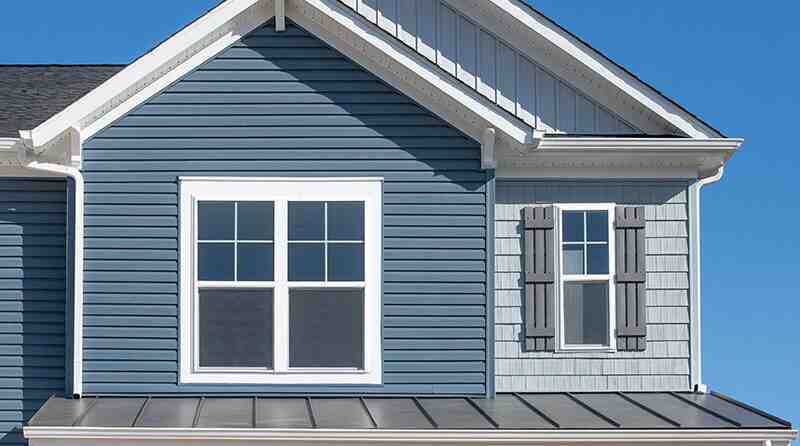Imagine spending your weekends working and saving up your hard-earned money to give your home a makeover with the Premier siding contractors serving Portland. The dream of revitalizing the appearance of your home and boosting its durability is within reach.
However, like anything in life, the siding on your home has a limited lifespan. Recognizing when to replace the siding can save you from frequent repairs and ensure that your home maintains its stunning look for many years to come.
Here, we will delve into the lifespan of common house siding materials and explore the factors that can influence it.
The Benefits Of Choosing A Metal Roof For Your Home
1. Vinyl Siding
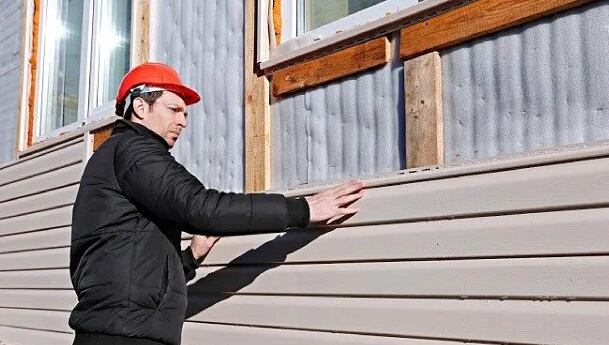
Vinyl siding is a choice for homeowners who want an easy-to-maintain exterior finishing option. This durable material can resist rot, insects, and fading, making it last impressively for 30 to 40 years with care. It has gained popularity among homeowners due to its reputation for providing peace of mind and long-term value.
Its exceptional properties ensure that it remains strong and dependable, over time delivering results.
2. Wood Siding
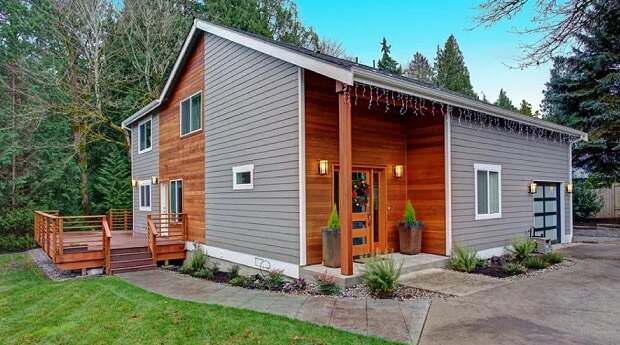
Wood siding has a classic appearance although it requires regular maintenance to ensure its longevity. By sealing and painting the wood siding, it can endure for 15 to 40 years, depending on factors like humidity and temperature.
However, if neglected, it can be susceptible to rot, insect, and water damage, compromising its durability and lifespan. Although this material demands upkeep, its rustic charm and lasting nature make it worthwhile for those willing to invest the necessary effort.
3. Fiber Cement Siding
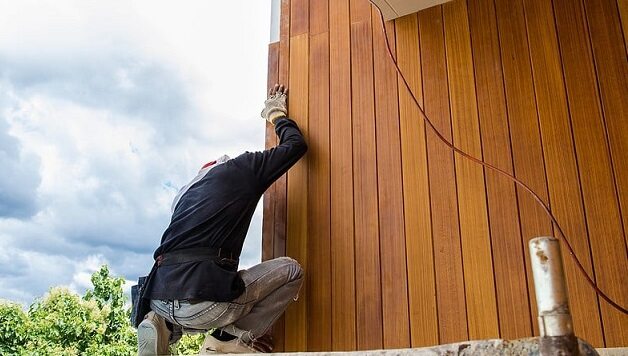
Built from a blend of cement, sand, and cellulose fibers, it represents longevity at its finest, with an impressive lifespan of up to 50 years with minimal maintenance. This sturdy siding material is impermeable to insect damage, fire-resistant, and rot-proof.
From harsh weather to termites and flames, fiber cement siding is the ultimate safeguard against elemental threats. This tough and resilient building material is the best choice for homeowners who value durability and aesthetics.
Top Profitable Purchases for the Home
3. Steel Siding
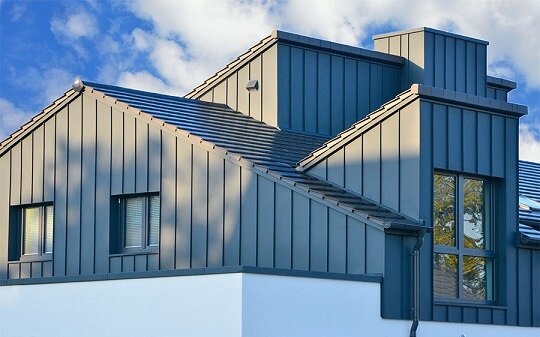
Steel siding is known for its durability as a cladding material with a remarkable lifespan of up to 50 years. It offers resistance against fire, pests, and decay, making it a reliable choice in harsh weather conditions. However, like any metal product, it requires upkeep to avoid rusting, such as repainting.
The special composition of steel siding makes it an ideal option for homeowners who desire a lasting and low-maintenance solution that provides endurance and protection.
4. Stucco Siding

Stucco siding is a durable material that catches the eye. It’s made from cement, lime, sand, and water, creating a barrier against the elements. That’s why it can last anywhere from 50 to 80 years. What sets stucco apart from types of siding is its maintenance needs and long lifespan making it a top choice for homeowners.
This siding material’s unique texture and versatility truly enhance the look of any home exterior, giving it that touch of beauty.
5. Brick Siding

Brick siding is a hardy exterior material that can stand the test of time, boasting an average lifespan of up to 50 years. This robust masonry is resistant to fire, rot, and pesky insects, consistently surpassing other siding options in longevity.
While occasional upkeep may be necessary for the mortar between the bricks, the bricks are enduring. Their durability offers the peace of mind that your home’s exterior will remain aesthetically pleasing and structurally sound for years.
Factors That Impact The Lifespan Of Your Siding
1. Maintenance Level
Taking care of your siding is important if you want it to last longer. The amount of maintenance needed will vary depending on the material used. Even though vinyl is known for maintenance, it still requires cleaning and immediate repairs if it cracks or gets damaged. Ignoring maintenance tasks can cause damage. Shorten the lifespan of your siding.
2. Environment
The lifespan of your siding is greatly influenced by the environment it is exposed to. Severe weather conditions, like winds, heavy rain, and hail, can result in damage to the siding. Moreover, extended exposure to sunlight and fluctuating temperatures can cause the siding to lose color, warp, and develop cracks.
To ensure that your siding stands the test of time, it’s important to choose materials capable of withstanding your region’s weather patterns.
3. Installation
Improperly installing your siding can result in water damage, warping, and various other problems that will ultimately lead to the failure of your siding. By opting for certified installers, you can guarantee that your siding is installed correctly, offering protection and enhancing the attractiveness of your home. Don’t allow subpar installation to be the cause of your troubles. Choose by investing in high-quality installation for a durable exterior for your home.
The lifespan of house siding varies depending on multiple factors such as the material used, the level of maintenance given, and the region’s weather conditions. While vinyl siding can last up to 40 years, wood siding has an average lifespan of 15 years, making it essential to choose the right siding material for your home to ensure its long-term durability.

